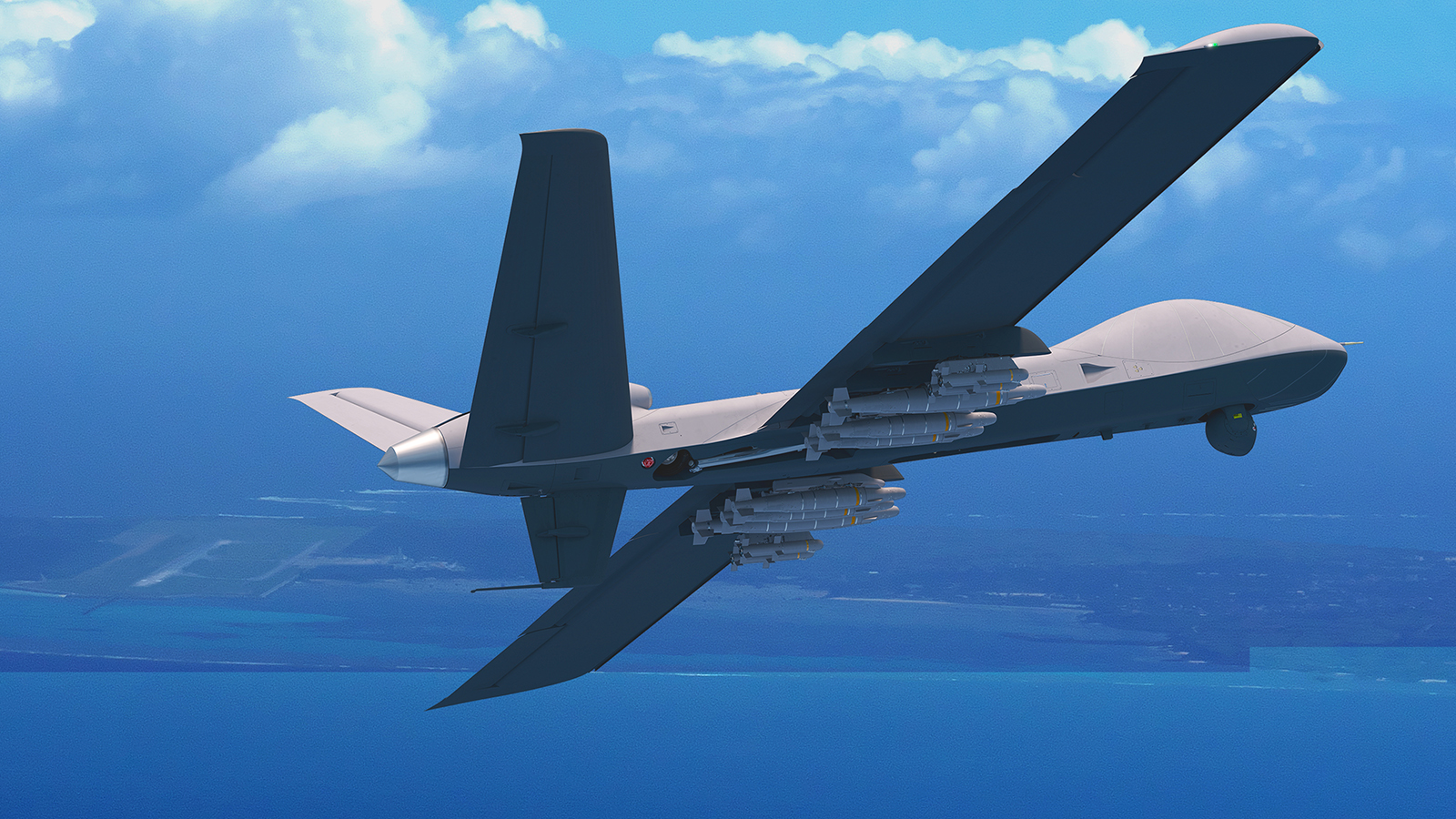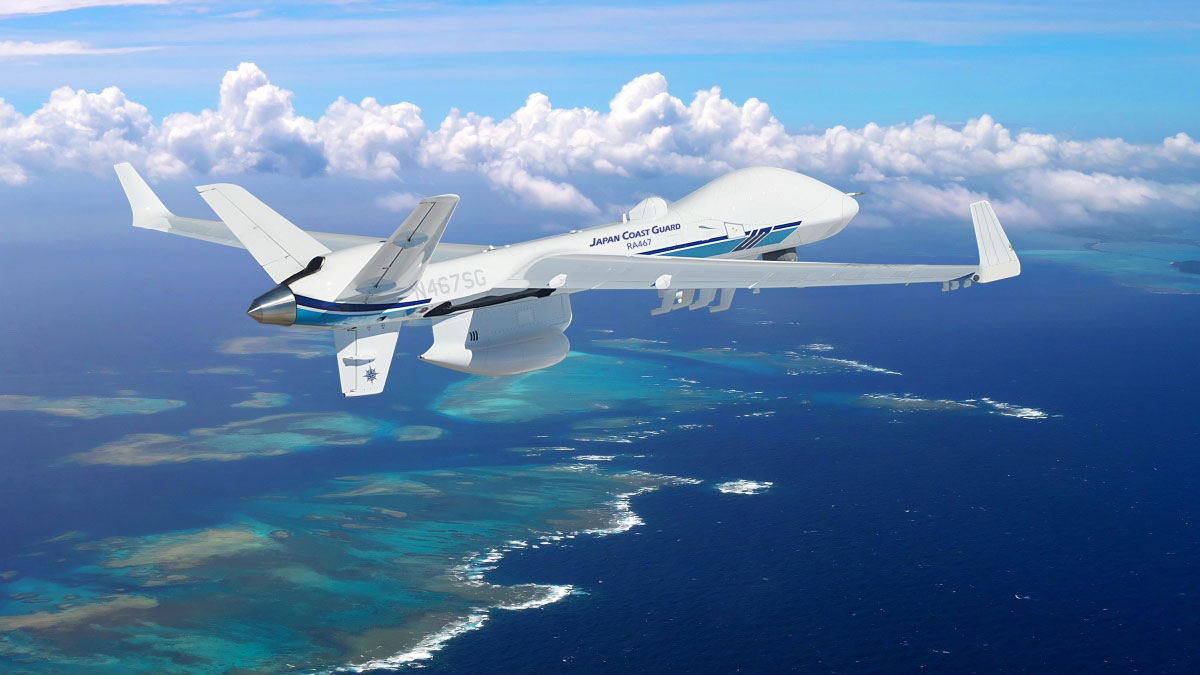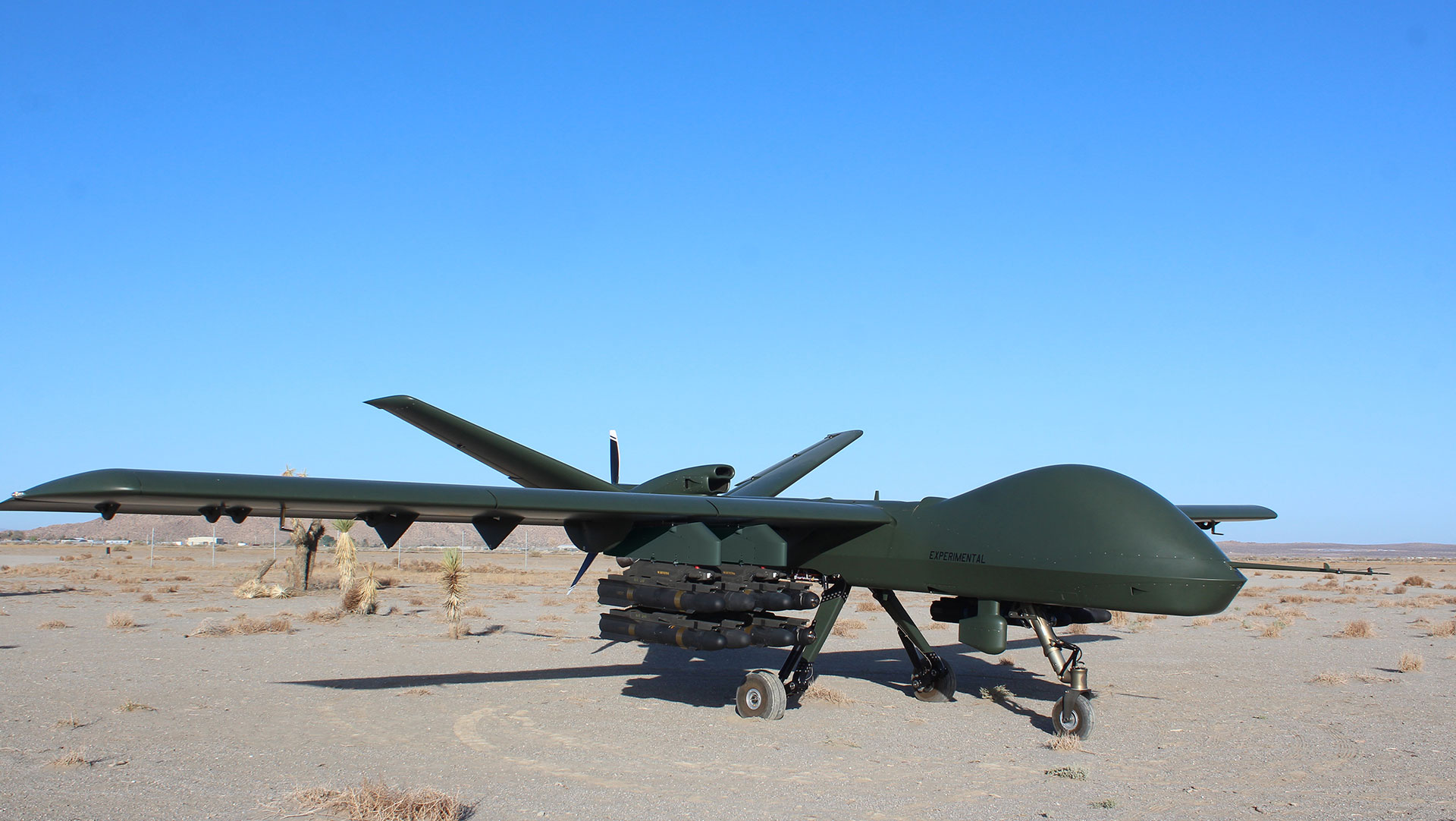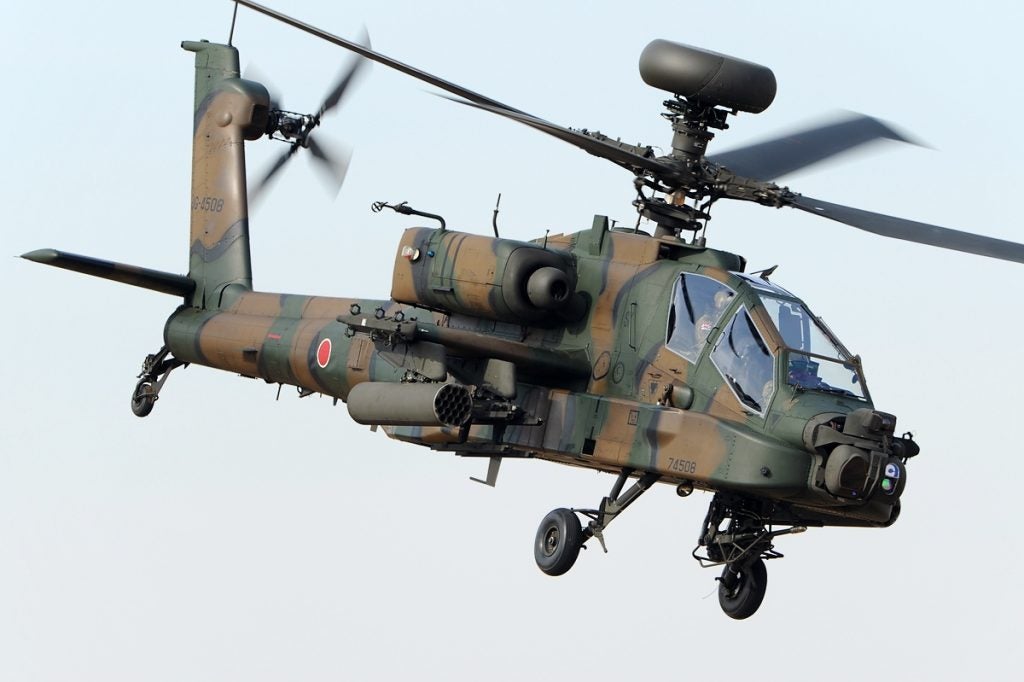What Will Japan Replace its Attack and Observation Helicopter Fleet With?
At the end of 2022, Japan published its National Defense Strategy (NDS) which laid out a plan for the very tense future security environment. It heavily focused on countering “unilateral changes to the status quo by force” with the prime concern being Chinese action against Taiwan or the Senkaku Islands. With that threat in mind, the document highlighted some major reorientations to the Japanese Self-Defense Force (SDF) with previous inefficiencies no longer being tolerable. One of these was the announcement that the Ground Self-Defense Forces (GSDF) will be retiring its attack and observation helicopter fleet and replacing it with unmanned systems. The Japanese newspaper Yomiuri Shimbun reported that this fleet consists of some 12 AH-64D Apaches, 47 AH-1S Cobras, and 33 OH-1s. The NDS didn’t give a timeline for their retirement and stated some may be upgraded to fill capability gaps while new UAVs are procured.

Many have been questioning whether attack/observation helicopters can survive the modern battlefield given the experience in Ukraine. In this conflict helicopters mostly refuse to cross the frontline and air defenses force them below the horizon even when over friendly territory. The maritime environment which Japan faces exacerbates these vulnerabilities due to a lack of cover. Here the limited range of the helicopter fleet’s sensors, weapons, and endurance is a critical issue.
The reasons for retiring the aircraft are also partially budgetary and personnel related. As part of its modernization, Japan is expanding its space, cyber, and electronic warfare joint units. The NDS is very realistic about Japan’s critical demographic situation and states that a severe shortage of recruits and budgetary restrictions forbid any expansion of the overall force. To accommodate these new units 2,000 personnel from the GSDF will be transferred to joint units as well as backfilling the Air and Maritime forces. By replacing its attack and observation helicopter fleet with UAVs the GSDF expects to free up around 1,000 personnel.

Procurement was another major factor. The AH-1S Cobra fleet which was first delivered in 1984 desperately needs to be replaced with the primary manned candidate being the AH-64E. Australia recently purchased 29 of these aircraft with a total bill of around $4.2 billion including maintenance facilities and weapon systems. In comparison, Australia was going to purchase 12 MQ-9B SkyGuardians for $980 million before the deal was canceled in 2022. This didn’t include the large number of missiles in the Apache contract but despite that, which aircraft is clearly more budget-friendly. Comparing the capabilities of the two aircraft it is clear which is more useful in Japan’s island and sea control-focused strategy. For the observation role, the MQ-9B offers an endurance of 30 hours compared to the 4 hours that manned helicopters provide. The sensor and EW options are much more expansive and even include air-launched SUAS like the Eaglet. General Atomics, the producer of the MQ-9B, has gone as far as to suggest it could carry Joint Strike Missiles, which allow it to even threaten destroyers.

The MQ-9B is already being operated by the Japanese Coast Guard and the Maritime SDF will begin its own trials in April 2023. Commonality with the other services would be a plus however in American service the US Army opted to deploy the smaller MQ-1C Gray Eagle instead. This offers less speed and payload performance but is cheaper and more suited to operating from rugged airfields. General Atomics has improved on the MQ-1C with the Mojave concept which offers even greater performance from unimproved airfields and increased payload. These would be well suited to deploying out of small islands.

Despite announcing the attack and observation helicopter retirement, the Japanese MoD hasn’t revealed any major procurement plans so the future UAV fleet remains speculative. It is currently conducting experiments to see if miniature attack drones may serve some of the purposes these helicopters performed. From Japan’s 2023 budget, we know there are plans to procure 7 FLIR SkyRanger R70s which are small but advanced quadcopters. It offers a stabilized thermal optic able to detect targets at 8km and provide geolocation data for guiding in artillery. This can be swapped for a daylight camera system offering 30x optical zoom for long-distance identification. Powerful onboard processors allow various AI functions like target detection and classification as well as semi-autonomous operation in RF or GPS-denied areas. This is a relatively minor purchase only costing the MoD ¥0.5 billion ($3.6 million). With a battery life of <1 hour this isn’t a proper replacement for observation helicopters but can serve some of its roles.

Despite what one may assume Japan hasn’t invested a great deal in domestic unmanned vehicles. Its only fairly large UAV is the Fuji (now Subaru) Flying Forward Reconnaissance System (FFRS) which is a medium-sized unmanned helicopter with a conventional layout. It is intended to act as a forward observer for artillery and can operate to a range of about 50km. First deployed in 2007 this system is relatively old now as drone technologies progress, requiring a large convoy of vehicles to support it including a mast-mounted tracking system. Whether Japan will focus on domestically developed UAVs or instead purchase existing American systems will be answered in the coming years.


